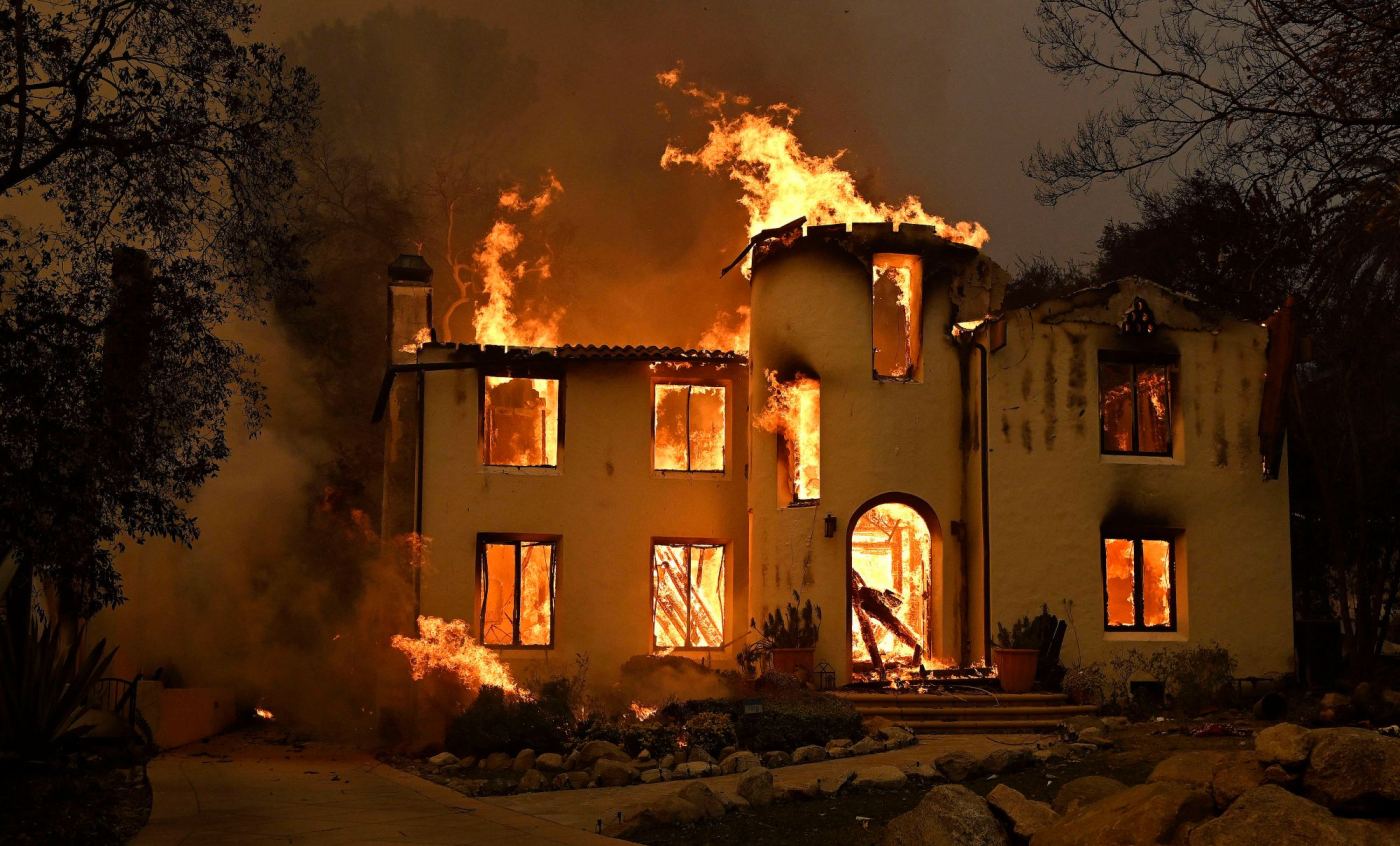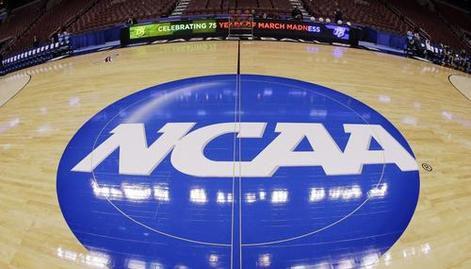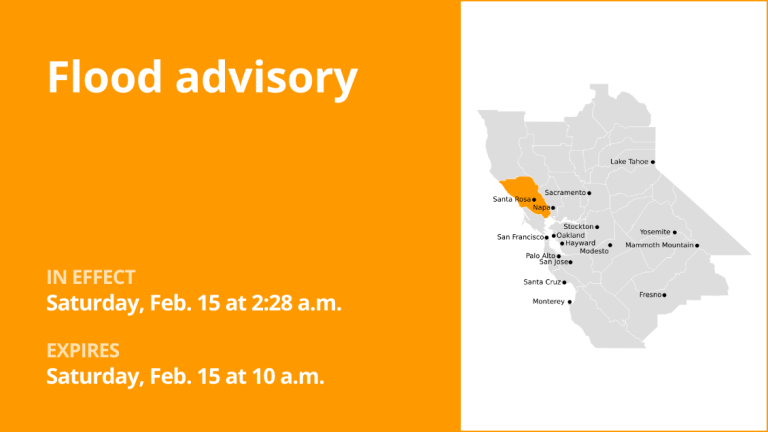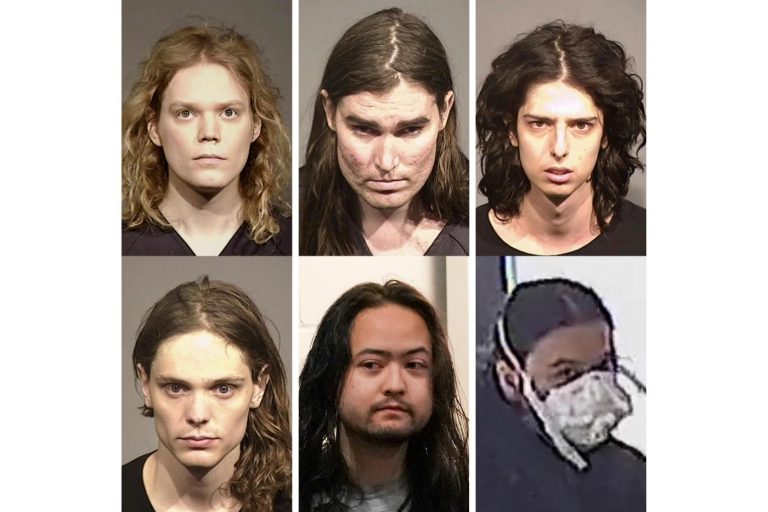With the wildfires in Southern California finally contained, the finger pointing has begun — with much of the ire aimed at the state’s patchwork system of fire insurance. There’s special scrutiny of the so-called “FAIR Plan,” a state-run insurer of last resort that has only $377 million in reserves. There are growing fears that this backstop may need a bailout to cover the catastrophic losses.
FAIR, which stands for Fair Access to Insurance Requirements, has come to play a critical role in the state, as more private insurers have declined to provide coverage to homeowners living in areas susceptible to wildfires. Yet the deeper history of this program reveals that it was created with an entirely different purpose. How FAIR went from an attempt to end racial discrimination to what’s now effectively an incentive to build homes in fire-prone neighborhoods is a strange story of good intentions gone awry.
Southern California has long struggled with wildfires, though the problem became acute in the postwar era, when growing numbers of wealthy city dwellers began building homes in the brush-covered hills outside Los Angeles. By the 1960s, a series of wildfires in the area began to threaten the insurance market.
In 1967, for example, the Daily Breeze reported that the previous six years’ worth of insurance losses in the hills totaled $30 million, with 80% of those losses concentrated in tony Bel Air. The state’s insurers reported that it would take upward of 90 years’ worth of insurance premiums to cover these losses — and that would depend on there being no additional fires during that time.
Little wonder, then, that many private insurers began exiting these high-risk areas where fires could easily wipe out entire neighborhoods. Several Republican state lawmakers representing some of these more affluent districts moved quickly to contain the crisis, trying to persuade insurers to continue coverage, with limited success.
On May 12, 1968, the Los Angeles Times reported that a federation of hillside and canyon homeowner associations had been “swamped with phone calls from people desperate over cancellations.” By this time, though, an unlikely solution was taking shape in Washington, D.C., where Congress was discussing a very different problem with insurance: racial discrimination.
Helping inner cities
Since the 1930s, mortgage lenders had denied predominantly Black city neighborhoods access to financing. This practice, known as redlining, went hand-in-hand with a refusal to extend insurance to property owners. By the 1960s, the lack of insurance — particularly fire insurance — had reached crisis proportions, especially after a series of inner-city riots prompted many insurers to exit urban property markets.
Lyndon B. Johnson appointed a committee to study the problem. The resulting report, Meeting the Insurance Crisis of Our Cities, helped spur Congress to pass federal legislation addressing the problem. So, too, did the urban riots that followed the assassination of Martin Luther King Jr. in April 1968.
The resulting Urban Property Insurance Protection and Reinsurance Act, passed in August 1968, forced insurers to cover properties seeking insurance in riot-torn areas. In exchange, the legislation offered federal subsidies for reinsurance that would cover future catastrophic losses incurred in these markets. In theory, this would cover insurers as they began offering policies in inner cities again.
Because insurance was regulated on the state level, the plan required participating state governments to work closely with both private insurers and the federal government — specifically an entity called the National Insurance Development Program, run by the Department of Housing and Urban Development — to establish so-called FAIR plans. These plans, though issued by state-run entities, were financed by private insurers, with each insurer forced to contribute funds proportional to their market share in the state.
California’s version
The federal statute aimed to help predominantly Black, inner-city residents. California’s version of the FAIR plan, by contrast, became something quite different. This was a function of the fact that the federal statute did not explicitly restrict FAIR plans to cities. In the hands of creative lawmakers in California, this led to restructuring the FAIR system so that it could serve as an insurer of last resort for residents living in the fire-prone hills and canyons.
Related Articles
California regulators reject — for now — State Farm’s emergency rate hike request
Bay Area homeowners likely to pay for California FAIR Plan insurance bailout
What to know about home insurance coverage after a major natural disaster
Opinion: Time to reimagine fire insurance coverage in California
State Farm seeks 22% rate hike for California homeowners to cover Los Angeles wildfire losses
The leader of this campaign seems to have been a Republican state assemblyman named Paul Priolo, whose district included residents of the Santa Monica Mountains. Over the course of 1968 and 1969, Priolo — head of the Subcommittee on Fire Insurance in Brush Areas — successfully steered legislation through the state assembly that expanded the FAIR plan to serve as an insurance backstop for the wealthiest Californians.
In 1971, a study of the program called out California for its apparent bias. It noted that the only FAIR office in Los Angeles was 10 miles from the poorer neighborhoods it was meant to serve and that the program had no offices in cities like Oakland, San Francisco and Sacramento. Yet a year earlier, the FAIR plan had already been tapped to cover losses caused by wildfires that hit the affluent communities of Malibu and Newhall.
Fast forward to today, and an estimated 56% of FAIR policyholders in California now live in what is delicately described as the “wildland-urban interface” — the areas at highest risk of wildfire. That helps explain why more than a fifth of the structures hit by the Pacific Palisades fire were insured under FAIR.
Worse, the problem is no longer restricted to California. Other states now increasingly rely on FAIR plans to mitigate the risk of wildfires. Colorado, the latest state to set up a FAIR plan, will focus almost exclusively on the provision of insurance in areas where wildfire risk is high, enabling the state’s affluent citizens to live where fire is a constant danger.
Since the 1960s, FAIR has gone from honoring the legacy of Martin Luther King Jr. to protecting McMansions. As that decade’s bard, Jerry Garcia, would have said: “What a long strange trip it’s been.”
Stephen Mihm is an author and a professor of history at the University of Georgia. ©2025 Bloomberg. Distributed by Tribune Content Agency.












